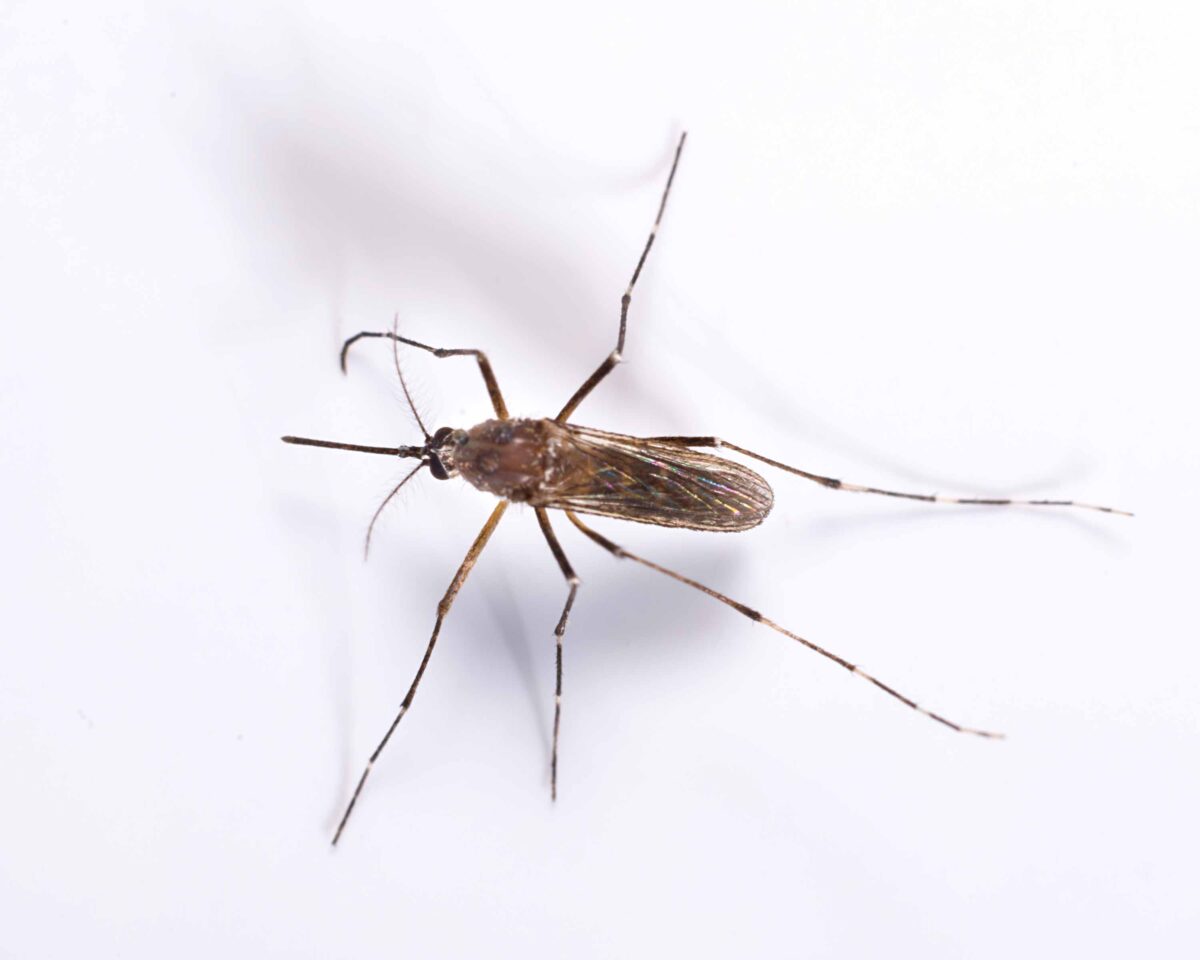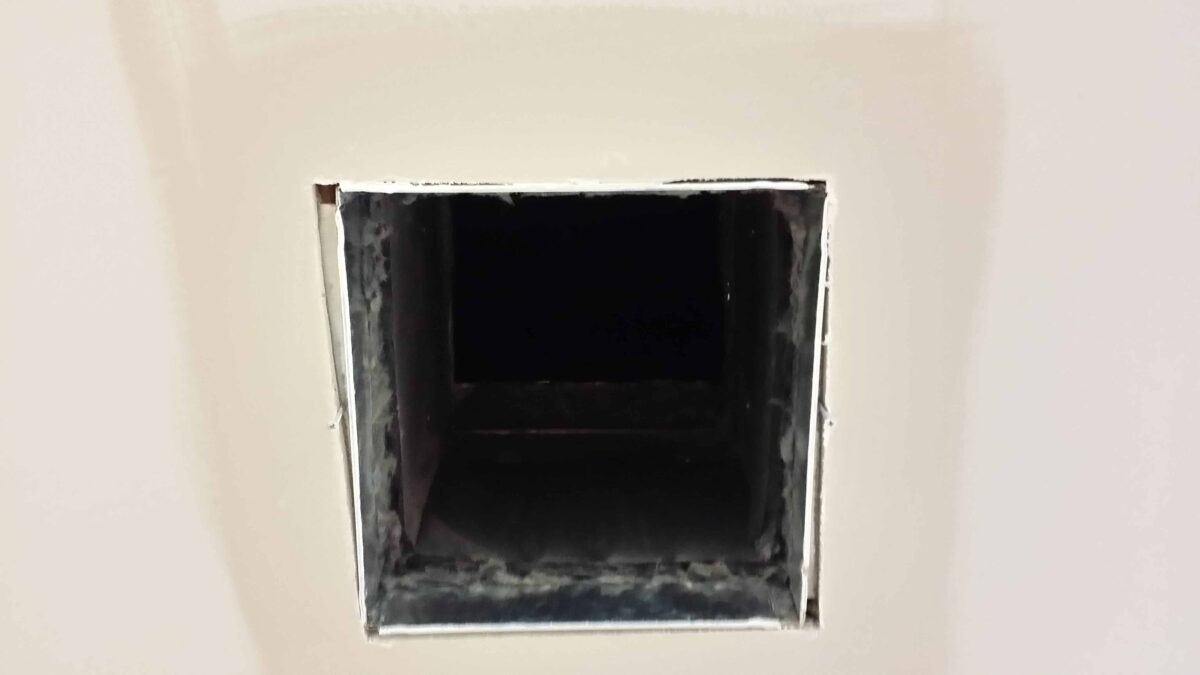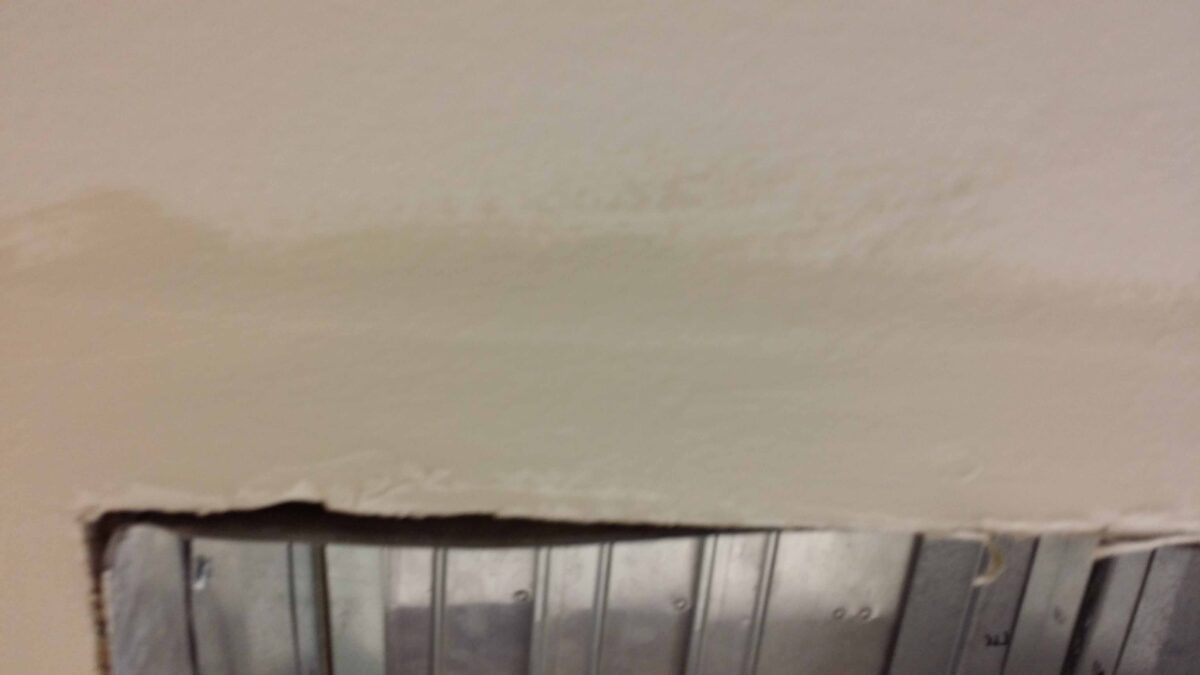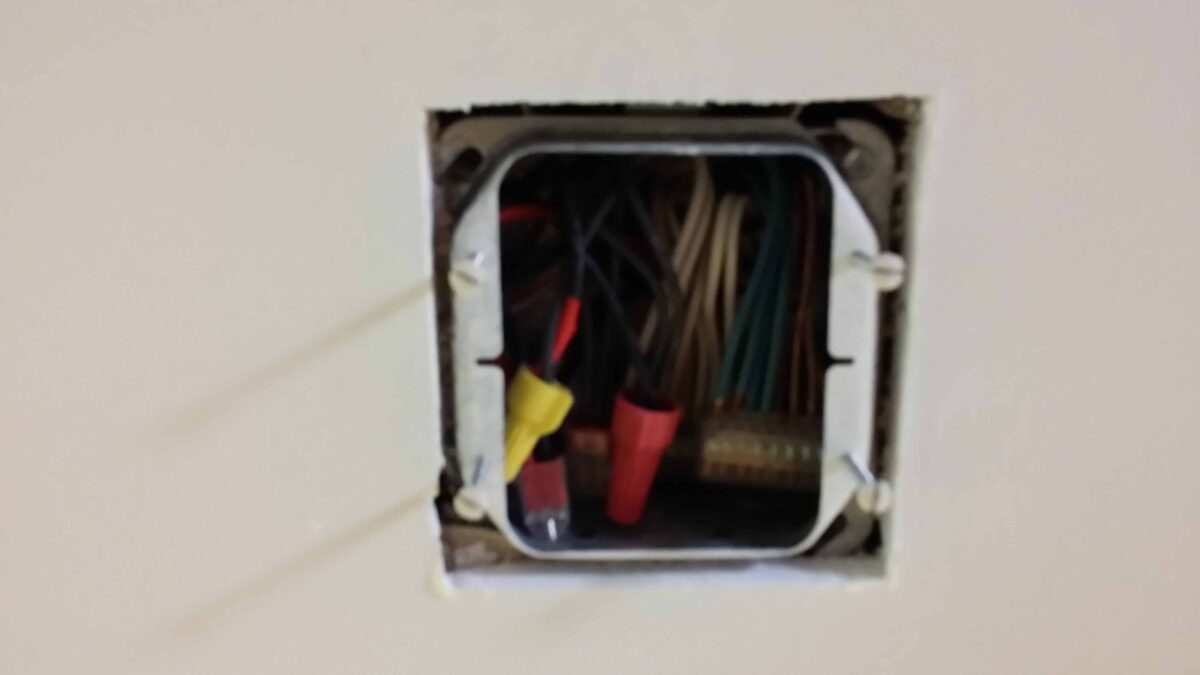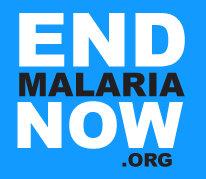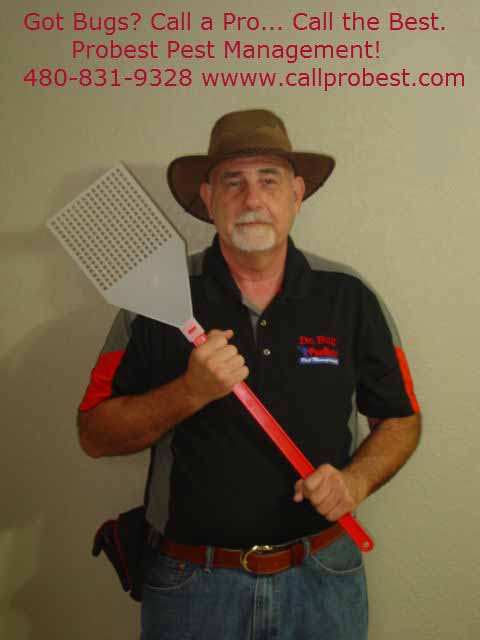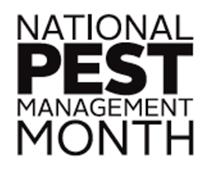
I was going to start out with the old adage “Have you hugged your Pest Management Professional” but didn’t want to stir any pots. OK I did it anyway, but did you know:
The world needs pest management professionals, guardians of the environment and protectors of public health, property and food. Ever since “The Jungle” was released in 1906 written by Upton Sinclair – the food industry (meat packing industry) has been regulated and scrutinized. There are a few that consider all the work we do as unnecessary but over 1 million die from Malaria each year (caused by mosquitoes) and Bubonic Plague (caused by fleas) still taps our shoe heels each year.
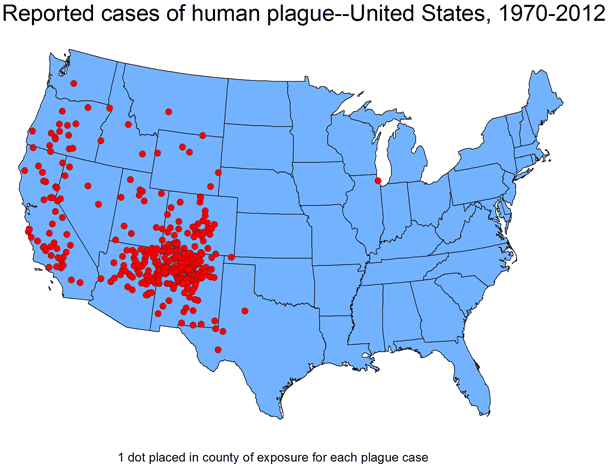
Plague in the United States
Plague was first introduced into the United States in 1900, by rat–infested steamships that had sailed from affected areas, mostly from Asia. Epidemics occurred in these port cities. The last urban plague epidemic in the United States occurred in Los Angeles from 1924 through 1925. Plague then spread from urban rats to rural rodent species, and became entrenched in many areas of the western United States. Since that time, plague has occurred as scattered cases in rural areas. Most human cases in the United States occur in two regions:
- Northern New Mexico, northern Arizona, and southern Colorado
- California, southern Oregon, and far western Nevada
Information provided by www.cdc.gov





